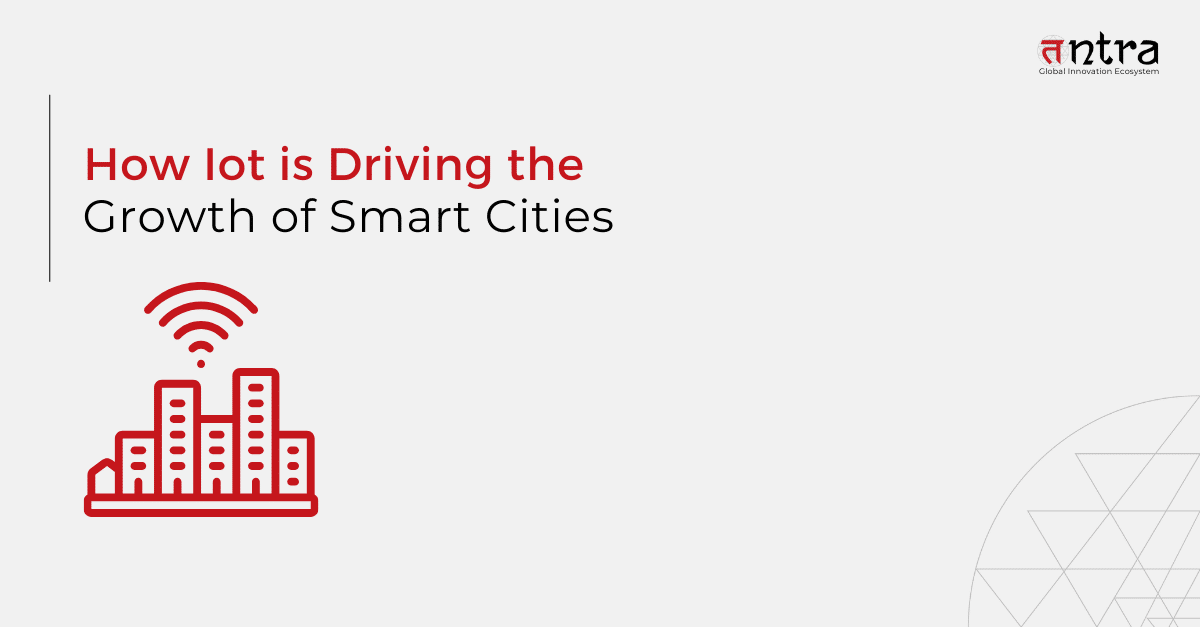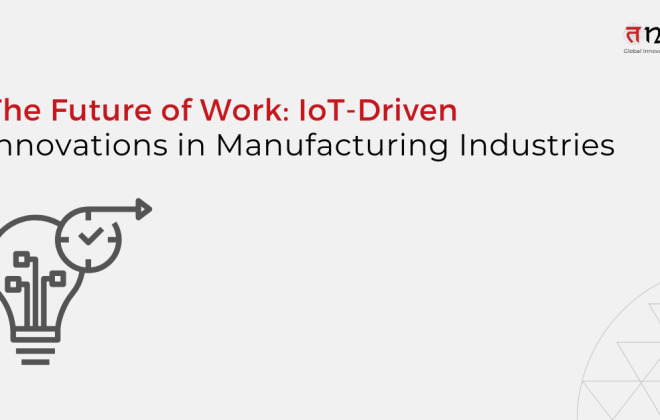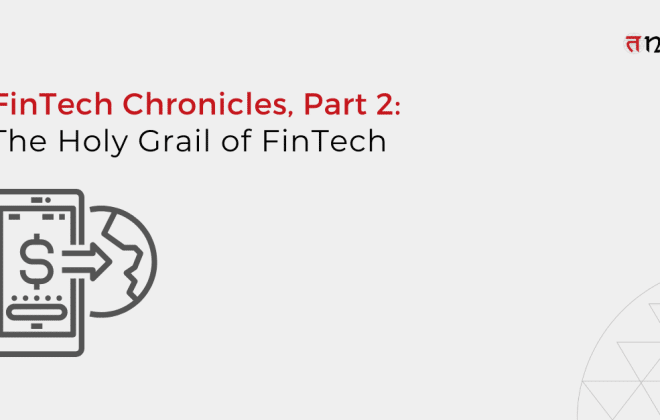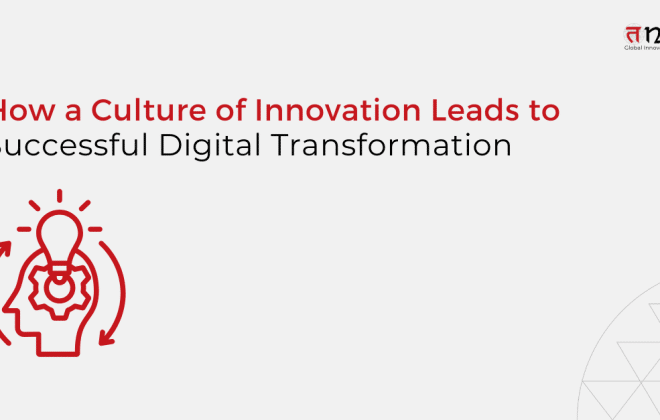
How Iot is Driving the Growth of Smart Cities
Table of Contents
ToggleThe Internet of Things is changing cities! Sensors gather information on buildings, traffic, and other topics. By keeping an eye on bridges and roads for necessary maintenance, this data assists cities in improving their infrastructure. With smart parking and traffic lights that adapt to the flow of traffic in real time, it also completely changes transportation. Additionally, sensor-optimized lighting and climate management make buildings more energy-efficient. These Internet of Things-powered smart city applications could improve the efficiency, sustainability, and livability of metropolitan areas. Read this blog to know how IoT is transforming urban living in today’s world.
Paris implemented digital technologies like the Internet of Things (IoT) to facilitate the administration of garbage, transportation, energy, and water resources. The Paris Smart City 2050 project produced eight striking green building concepts. These structures produce excess energy that is returned to the grid as net positive renewable energy.
In addition, public parks now include Smart park benches that monitor traffic and assist with crowd control. With more than 280,000 interconnected streetlights, this city of lights can save 70% on energy expenses.
Similarly, Barcelona is able to plan for things like 5G buses that can drive themselves and live video streams that are augmented by AI to detect criminal activity. Barcelona intends to modify its 5G strategy as a tourist destination in order to control network capacity in busy locations like its beaches.
Naturally, this progressive city keeps introducing IoT technology for the benefit of its residents, such as trash collection, intelligent streetlights, public transportation, and parking lots. Drones with AI capabilities transmit information in real time without capturing video or utilizing facial recognition, guaranteeing privacy while maintaining security. Thousands of Wi-Fi hotspots throughout the city offer free Internet access, allowing residents to take use of the myriad services made possible by technology.
(Source: Digi)
The Growing Landscape of IoT in Smart Cities
The market for IoT in smart cities was estimated to be worth $130.6 billion globally in 2021 and is projected to grow to $312.2 billion by 2026. Over the course of the forecast period, it is anticipated to increase at a Compound Annual Growth Rate (CAGR) of 19.0%. The staggering impact of these numbers indicates not only the smart city industry’s unrelenting growth but also its accelerated acceptance on a worldwide scale.
Over 73% of all connected devices will have something to do with smart cities by 2021. This quantitative discovery bears witness to the quickening pace of digital revolution taking place in our cities, which is changing the very fabric of urban life.
66% of US cities are already investing in smart city technology. These cities are not only transforming urban living but also establishing new standards for efficiency, modernity, and sustainability by integrating smart technology infrastructure.
How IoT is Transforming Urban Living
The deployment, connectivity, control, and management of IoT devices are critical to the functioning of smart cities. Smart city construction is aided by robust control systems, Artificial Intelligence (AI) integration, data analytics, networking, and storage.
Data analytics and Internet of Things (IoT) devices are used in smart cities to gather information on a variety of topics, including waste management, energy usage, and traffic flow. After that, this data is examined to pinpoint areas in need of development and to inform data-driven choices.
Here are some ways IoT is changing the way we live in urban cities:
- IoT-based Infrastructure
Cities can use the IoT app development services to outfit their infrastructure with sensors and other devices that gather data on the state of buildings, bridges, roads, and other assets. This information is utilized to optimize maintenance, monitor and avoid accidents, and improve city people’ safety.
Monitoring the structural integrity of vital assets in real-time is one of the main benefits of integrating IoT into urban infrastructure. IoT sensors installed on bridges, for instance, can identify alterations in the structural integrity of the structure, such as vibrations or deformations, and relay this information to a central control system. This reduces the possibility of accidents by enabling authorities to plan maintenance as needed and proactively address possible safety concerns. - Smart public transportation
Parking and transit systems are integrated in IoT smart cities. Reducing carbon emissions, traffic congestion, and the amount of time spent searching for parking and being delayed in traffic are the goals. Smart technologies are becoming popular in nations like Saudi Arabia and the USA, and every software product engineering company is taking advantage of that.
To make traveling more convenient, these countries have incorporated smart sensors and IoT devices into their parking lots and roadways. For instance, ParkSmart is an intelligent parking technology that has been used in a number of locations, including St. Pete Beach, Florida. Notifying users of available parking spots, online parking spot booking, digital signs, real-time navigation, and digital payments are some of its primary features. - Energy-efficient cities
IoT is used in smart city strategies to optimize energy utilization. Sensors lower costs and have a positive environmental impact by controlling climate control systems, lights, and other energy-consuming equipment.
Building energy management is one of the main areas where IoT is having a big influence. For example, smart thermostats have the ability to automatically modify temperature and humidity levels in response to occupancy and outside factors. Similarly, natural light levels and occupancy patterns can be accommodated by smart lighting systems, meaning that lights are only turned on when necessary. In addition to lowering electricity costs for homes and businesses, these energy-efficient solutions also help to lower greenhouse gas emissions overall.
The Bottom Line
Urban living could be completely changed by IoT-powered smart city development since it can solve urban problems and make them into opportunities. IoT technology integration can make cities more livable, sustainable, and efficient, which will eventually improve the quality of life for those who live there. IoT development services for smart cities can enhance public services, automate procedures, and gather and analyze data, among other advantages that can benefit citizens and local governments.
The potential applications of IoT smart cities are incredibly fascinating as technology develops further. A few of the trends and predictions that are expected to influence the development of smart cities in the future are increased connectivity, the integration of AI, the deployment of 5G networks, and citizen participation. Urban living as we know it could be completely changed by IoT for smart city development if the proper plans and programmes are put in place.
Tntra, a leading IoT development company, empowers companies to make advanced solutions for the growth of smart cities. If you are looking for IoT and technology systems to improve urban living, contact our experts today.
Schedule a FREE CONSULTATION CALL now!





